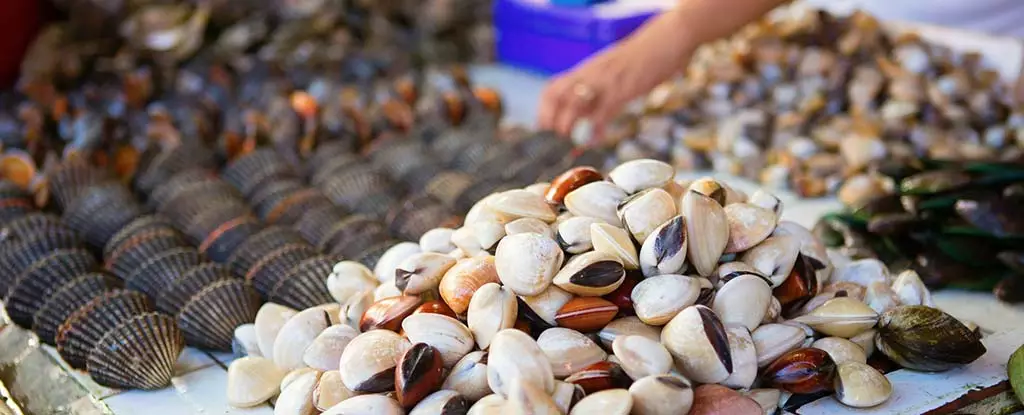The Philippines, a tropical archipelago rich in marine biodiversity, contributes significantly to global seafood supply, numbering over four million tonnes annually. Yet, the islands face a growing environmental challenge with the discovery of harmful toxin-producing algae in their waters. As the country ranks as the 11th largest seafood producer globally, the implications of these findings demand critical attention from scientists, industry stakeholders, and policymakers alike.
The Alarming Discovery of Toxic Diatoms
Recent studies have identified dangerous species of diatoms—tiny, single-celled algae—in certain samples of cultured shellfish around the country. These organisms are not just benign aspects of the ecosystem; they produce domoic acid, a potent neurotoxin that poses serious health risks when accumulated in seafood. The vital role of diatoms in the marine food web cannot be overstated: they are foundational to phytoplankton communities that generate up to half of the planet’s oxygen and are integral to maintaining the balance of marine life. Yet, among the diverse array of thousands of diatom species, only a select few in the genus Pseudo-nitzschia are known for their toxic potential.
The emerging frequency of harmful algal blooms, exacerbated by anthropogenic factors such as pollution and climate change, raises critical concerns. Industries reliant on clean seas and the communities that depend on fishing for their livelihoods are at risk as algal blooms increase, potentially carrying high levels of toxins.
The Historical Context of Domoic Acid Poisoning
The repercussions of domoic acid can be catastrophic, not only affecting marine life but also impacting human health. The infamous tragedy on Canada’s Prince Edward Island in 1987 showcases just how dire these consequences can be. An outbreak of amnesic shellfish poisoning led to three fatalities and over 100 hospitalizations, leaving survivors with enduring memory loss. This incident remains a cautionary tale for seafood consumers and a pivotal reference point for governments and health organizations monitoring toxin levels in seafood.
In the Philippines, the time bomb of potential seafood contamination appears to be ticking. A historical review of the region reveals that while other nations have created comprehensive monitoring systems to manage Pseudo-nitzschia blooms, the Philippines has lagged. Recent research indicates that the situation may be changing; however, the findings suggest a pressing need for heightened awareness and action.
A dedicated research team from Ateneo de Manila University and Universiti Malaysia Sarawak embarked on a study to monitor for harmful diatoms in the Philippine aquatic ecosystem. Their investigations included collecting seawater samples from prominent marine farms, including Sotto’s Tahong Farm and the natural slipper oyster population in Pagbilao Bay. This research uncovered 15 strains of Pseudo-nitzschia, with P. pungens and the newly identified P. brasiliana being linked to the production of domoic acid.
This identification marks a significant milestone as it is the first recorded instance of P. brasiliana in Luzon. Its presence in local waters raises alarms for future seafood safety and emphasizes the necessity of immediate monitoring and intervention strategies to prevent any potential public health crises stemming from shellfish consumption.
As the global demand for seafood continues to rise, it is imperative to address the implications of toxic algal blooms effectively. Seafood producers must work collaboratively with researchers and government agencies to devise and implement monitoring systems capable of responding swiftly to marine algae proliferation.
Investing in education and training for local fishermen and seafood processors about recognizing the signs of harmful blooms is essential. Furthermore, establishing clear communication channels regarding seafood safety can help safeguard consumer health and restore confidence in the industry. By prioritizing marine research and ecological conservation, the Philippines can enhance its resilience against these emerging threats, ensuring the sustainability of its vital seafood industry for generations to come.
The discovery of toxic algae species in Philippine waters serves as a clarion call for immediate action and vigilance. The interplay of marine ecology, human activity, and public health necessitates a multifaceted approach to preserve not only a crucial food source but also the wellbeing of countless communities dependent on the sea.


Leave a Reply